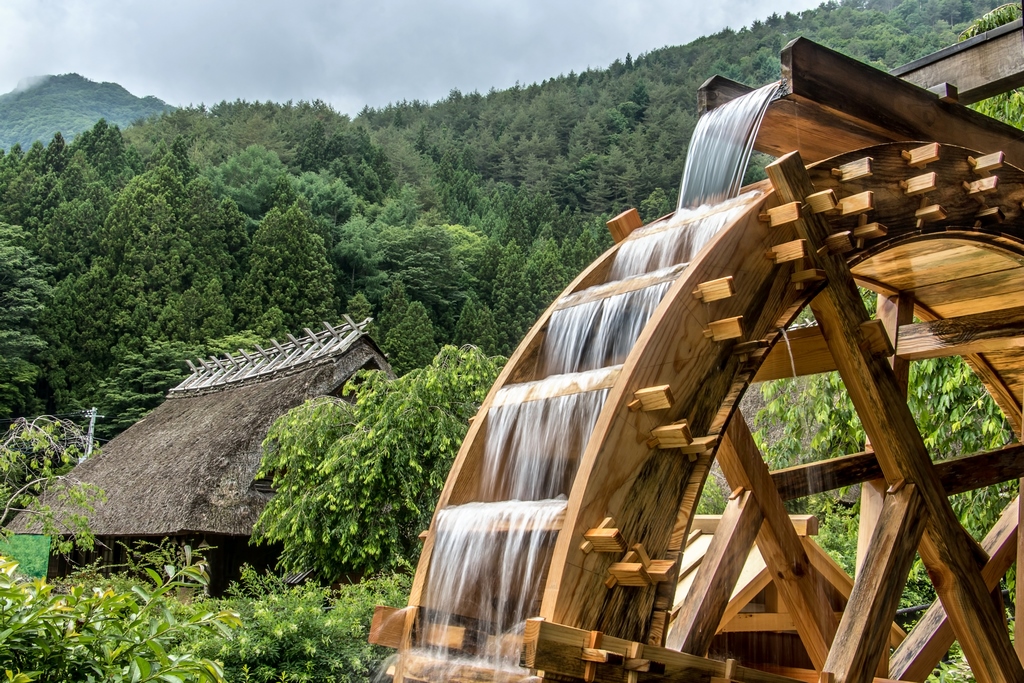Working in Water


While watershaping is very much about adding fun, health and beauty to our lives, it’s impact on society is far more all-encompassing. The control, treatment and distribution of water is arguably the true yard stick of civilization, one of the main ingredients in human existence.
By Eric Herman
As we flip the calendar on a New Year, I thought it might be useful to take a step back and reflect on the power and importance of the arts and crafts of watershaping. ,
Having studied and written about all things aquatic for more than three decades, I’ve learned, as have many others, human-made bodies of water – watershapes – play a pivotal role in formng the landscape, and meeting the diverse needs of human societies.
The creation of pools, spas, artificial lakes, reservoirs, ponds, streams, water gardens, splash pads, aquariums, water parks, public water infrastructure, and other aquatic systems, holds immense importance across various domains of human experience. It’s all encompassing, from agriculture, urban planning, environmental conservation, and, yes, recreation.
This intentional alteration of the natural hydrological cycle has far-reaching benefits that contribute to sustainable development and the well-being of both ecosystems and communities.
CRITICAL DRINKING
One of the primary reasons for creating man-made bodies of water is water resource management. Throughout recorded history, artificial reservoirs have served as storage facilities for water, especially in regions facing water scarcity or irregular rainfall patterns. They act as crucial buffers during droughts, ensuring a reliable supply of water for agriculture, industries, and human consumption.
By strategically placing reservoirs, societies can optimize the distribution of water resources and enhance resilience to climate variability. This practice has been ongoing since humans switched to agrarian society from nomadic existence. Agriculture, a cornerstone of human civilization, is largely dependent on constructed bodies of water. Irrigation systems, supported by reservoirs and canals, allow farmers to cultivate crops even in arid regions.
This not only ensures food security but also boosts agricultural productivity, contributing to economic growth. The controlled release of water from reservoirs also prevents flooding during periods of heavy rainfall, offering protection to both crops and communities.
Urban planning is another domain where the creation of artificial bodies of water proves indispensable. Cities worldwide are grappling with the challenges of rapid urbanization, population growth, and climate change. Lakes and ponds contribute to sustainable urban development by serving as stormwater management tools. They mitigate the risk of floods, improve water quality by filtering pollutants, and provide green spaces that enhance the overall livability of urban areas.
Environmental conservation is another critical aspect of creating human-made bodies of water. It’s a facet of watershaping that manifests in a variety of ways. Preserving and even building wetlands, for example, sustain vital ecosystems that support diverse flora and fauna. These areas serve as habitats for numerous species, contribute to biodiversity conservation, and act as natural filters, purifying water and maintaining ecological balance. Additionally, man-made bodies of water can help restore degraded ecosystems and promote the rehabilitation of aquatic habitats in a variety of settings.
And, of course, recreational opportunities are yet another facet of the importance of man-made bodies of water. Lakes, reservoirs, and ponds offer spaces for boating, fishing, swimming, and other outdoor activities. These recreational areas not only contribute to the physical and mental well-being of individuals but also drive tourism, fostering economic growth in local communities.
POOLS THEIR DUE
Swimming pools, often regarded as mere recreational venues, play a pivotal role in shaping cultural and social landscapes across the globe. Their significance transcends the boundaries of mere physical exercise, becoming emblematic of societal values, communal interactions, and individual aspirations.
From an anthropological perspective, swimming pools reflect the evolution of leisure and communal spaces. Historically, communal bathing has roots in ancient civilizations, signifying purification rituals and communal bonding. Over time, this evolved into structured swimming pools, marking a shift from necessity to leisure. In modern societies, pools symbolize luxury, relaxation, and status. The proliferation of public pools democratized access, fostering inclusivity and providing marginalized communities with spaces for recreation and socialization.
Culturally, swimming pools serve as backdrops for significant events and narratives. Cinematically, they evoke emotions of romance, suspense, or nostalgia, as seen in iconic films like “The Graduate” or “The Swimmer.” Artists capture the pool’s aesthetic allure, while musicians incorporate poolside imagery to convey themes of summer, freedom, and escapism. Architecturally, pools inspire innovative designs, blending functionality with aesthetic appeal, influencing urban planning and residential developments.
Socially, swimming pools act as catalysts for community building and interpersonal connections. They offer platforms for intergenerational interactions, where families bond, and traditions are passed down. Competitive swimming fosters teamwork, discipline, and sportsmanship among participants, cultivating a sense of identity and belonging. Moreover, pools serve as spaces for social integration, bridging cultural divides and promoting mutual respect among diverse communities.
Swimming pools transcend their utilitarian purposes, becoming cultural icons and social hubs that shape our collective consciousness. They encapsulate the essence of leisure, luxury, and communal harmony, reflecting societal values and aspirations. As symbols of progress, inclusivity, and cultural evolution, swimming pools remain integral to our cultural and social fabric, influencing perceptions, behaviors, and societal structures.
Indeed, based on all of these self-evident truths, we can reasonably conclude that the watershaping profession is integral to addressing various challenges faced by societies worldwide. From ensuring water security and supporting agriculture to promoting sustainable urban development and environmental conservation, watershapes play a multifaceted role in “shaping” our world.
Opening image by Milkovasa | Shutterstock










